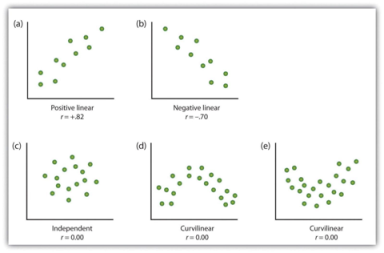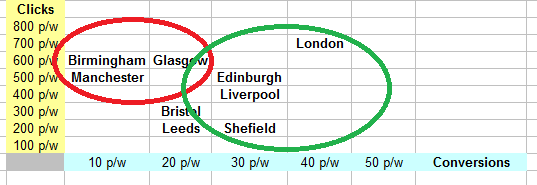People overestimate the probabilities of events and often become overconfident. The quality of the information available to them from external sources, such as media, real life experiences as they occur, or heuristic may give a false impression of the events. The problem with overconfidence, especially in the business environment, is that it often leads to the boiled frog syndrome. Bias is a cognitive phenomenon and has its roots in psychology (availability heuristic). Analytical methods for data processing and decision making are used to remove bias from the process of information assessment. [Read more…]


